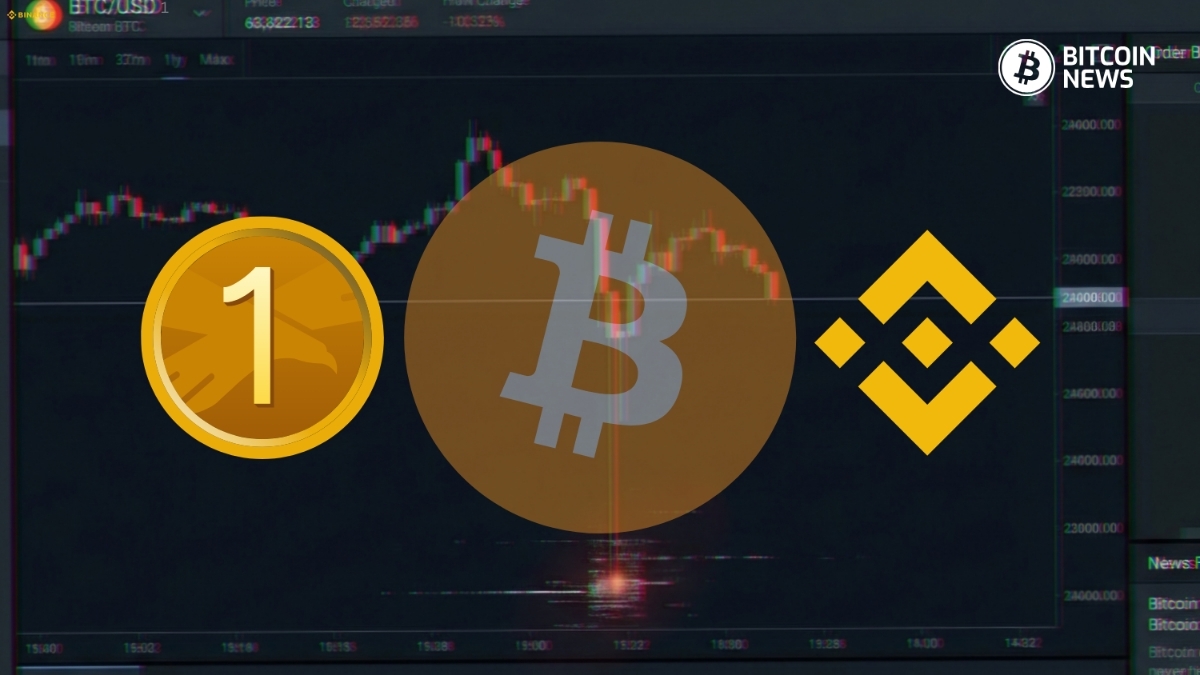Bitcoin mining has faced increasing challenges in recent years. Fluctuating bitcoin prices, high operational costs, recent halving of the block rewards, and other financial strains have pushed miners to explore new ways to boost profitability.
A recent report from VanEck, a prominent investment firm, sheds light on a potential solution that could significantly enhance the financial stability of Bitcoin miners: redirecting a portion of their energy resources toward artificial intelligence (AI) and high-performance computing (HPC).
VanEck’s report, published on August 16, suggests that Bitcoin miners could unlock up to $13.9 billion in additional annual revenue by 2027 if they allocate 20% of their energy capacity to HPC and AI industries.
This shift could also double the value of mining stocks by 2028. The report highlights the reason for this assumption, “AI companies need energy, and Bitcoin miners have it.”
The firm’s analysis highlights the synergy between the energy-intensive operations of Bitcoin mining and the growing demand for computing power from AI and HPC sectors.
VanEck notes that as AI continues to expand, the need for vast amounts of energy and computing infrastructure will only increase. Bitcoin miners, with their expansive data centers and significant power resources, are uniquely positioned to meet this demand.
The potential shift comes at a crucial time for Bitcoin miners. The April 2024 Bitcoin halving event, which reduced block rewards by half, has further squeezed profit margins.
Additionally, many miners are grappling with high levels of debt, overpaying executives, and issuing excessive shares, all of which have contributed to poor balance sheets.
The report argues that by diversifying into AI and HPC, miners could mitigate these financial challenges and stabilize their operations.
Some Bitcoin miners are already making strides in this new direction.
Core Scientific, the fourth-largest Bitcoin miner by hash rate, recently secured a 12-year contract with AI hyperscaler CoreWeave. This deal is expected to generate over $3.5 billion in revenue by supplying 200 megawatts (MW) of infrastructure.
Core Scientific’s move into the AI space illustrates the potential benefits of this shift. Three weeks after securing the CoreWeave contract, the company added another $1.225 billion in revenue for an additional 70 MW over 12 years.
CoreWeave also opted to deliver 112 more MW of HPC to host NVIDIA GPUs in August, further solidifying Core Scientific’s role as a major player in the HPC and AI markets.
VanEck’s analysts noted that these developments highlight the increasingly important roles of publicly traded Bitcoin miners in AI, HPC, and energy markets.
Publicly traded miners now control a record percentage of Bitcoin’s global hash rate, and their collective market capitalization reached an all-time high in July.
The proposed shift towards HPC and AI could have far-reaching implications for the broader digital assets market. By reallocating energy resources, Bitcoin miners could improve their financial resilience, potentially leading to more stable Bitcoin operations.
Enhanced profitability might also encourage further investment in mining technology and infrastructure, driving advancements in efficiency and sustainability.
However, this transition could also introduce new variables that might affect Bitcoin’s market stability and security.
A decrease in energy devoted to Bitcoin mining could impact the network’s hash rate, potentially affecting its security. The shift in energy supply dynamics could also influence energy prices and availability for blockchain operations.
VanEck’s report acknowledges these risks but emphasizes the potential economic benefits for miners. The report concludes:
“As the synergies between Bitcoin mining, AI/HPC, and electrical grids continue maturing […] we believe the miners in the MarketVector Digital Asset Equity Index, collectively, should be able to easily double their market capitalization by 2028, even assuming no growth in Bitcoin profits.”
As the Bitcoin mining industry evolves, the potential to diversify into AI and HPC represents a promising opportunity for miners looking to navigate financial challenges and capitalize on emerging technologies.
VanEck’s report suggests that this shift could not only boost miners’ profitability but also enhance their overall market presence.
For now, the future of Bitcoin mining appears to be intertwined with the growth of AI and HPC. As companies like Core Scientific continue to explore these new avenues, other miners may soon follow suit, leading to a transformation in the industry’s landscape.
With the possibility of earning up to $13.9 billion in additional yearly revenue, the decision to diversify into AI and HPC could be a game-changer for Bitcoin miners struggling to stay afloat in an increasingly competitive market.





